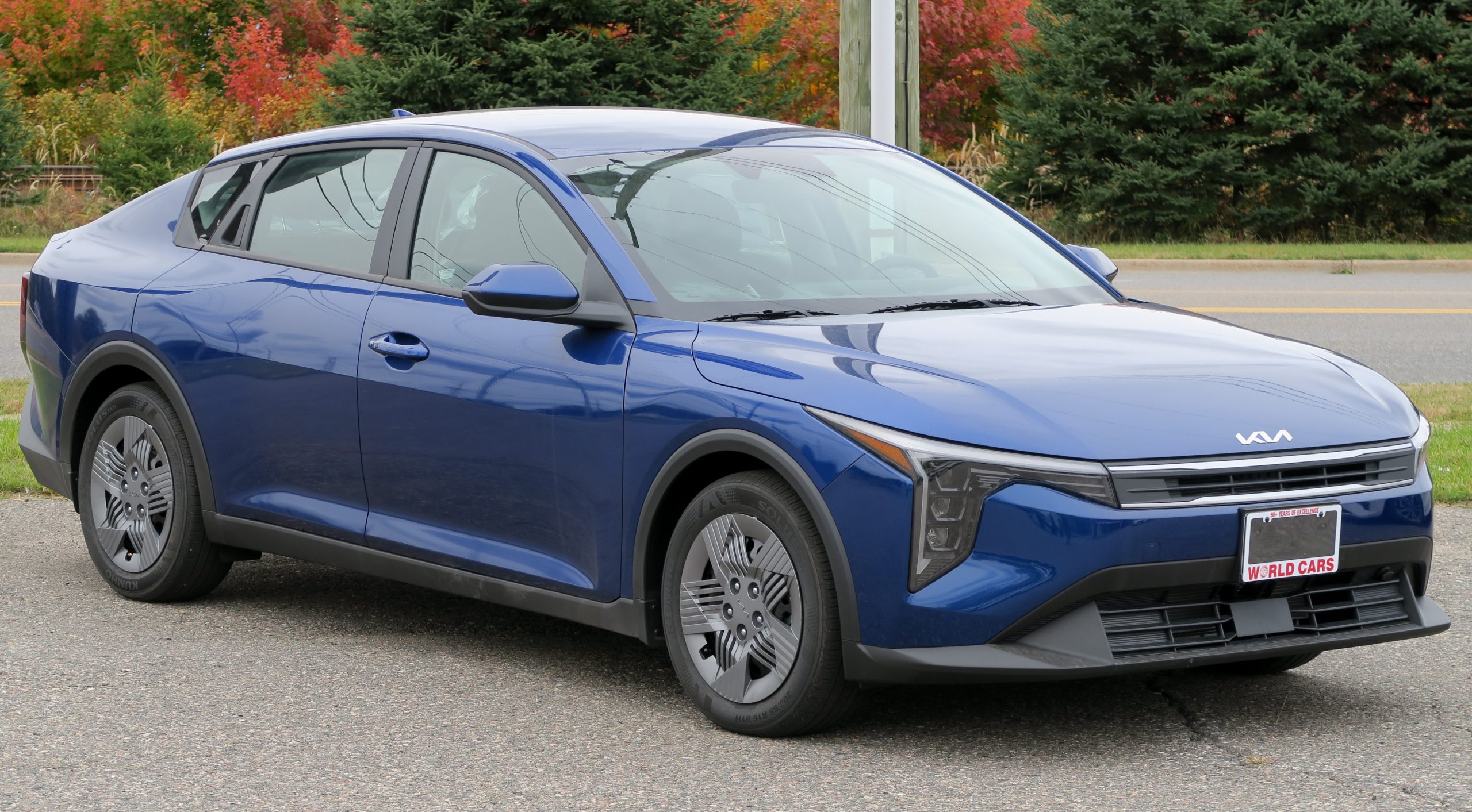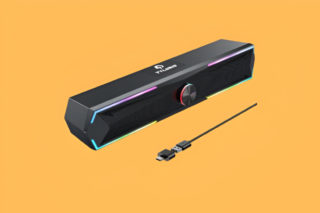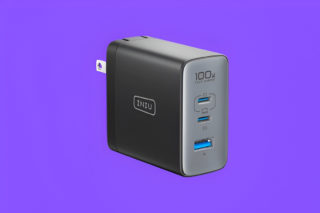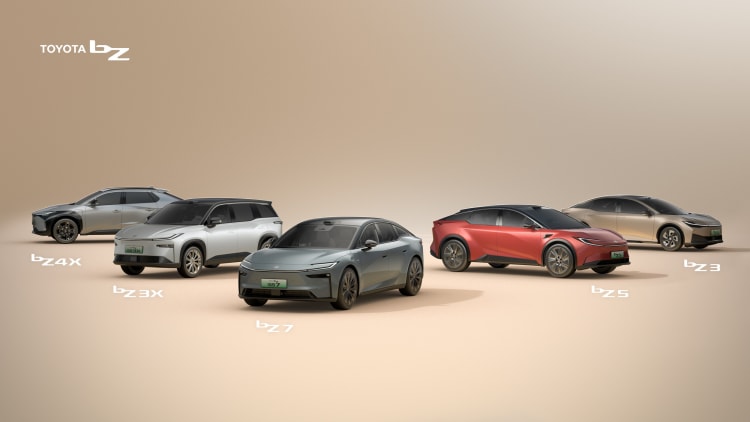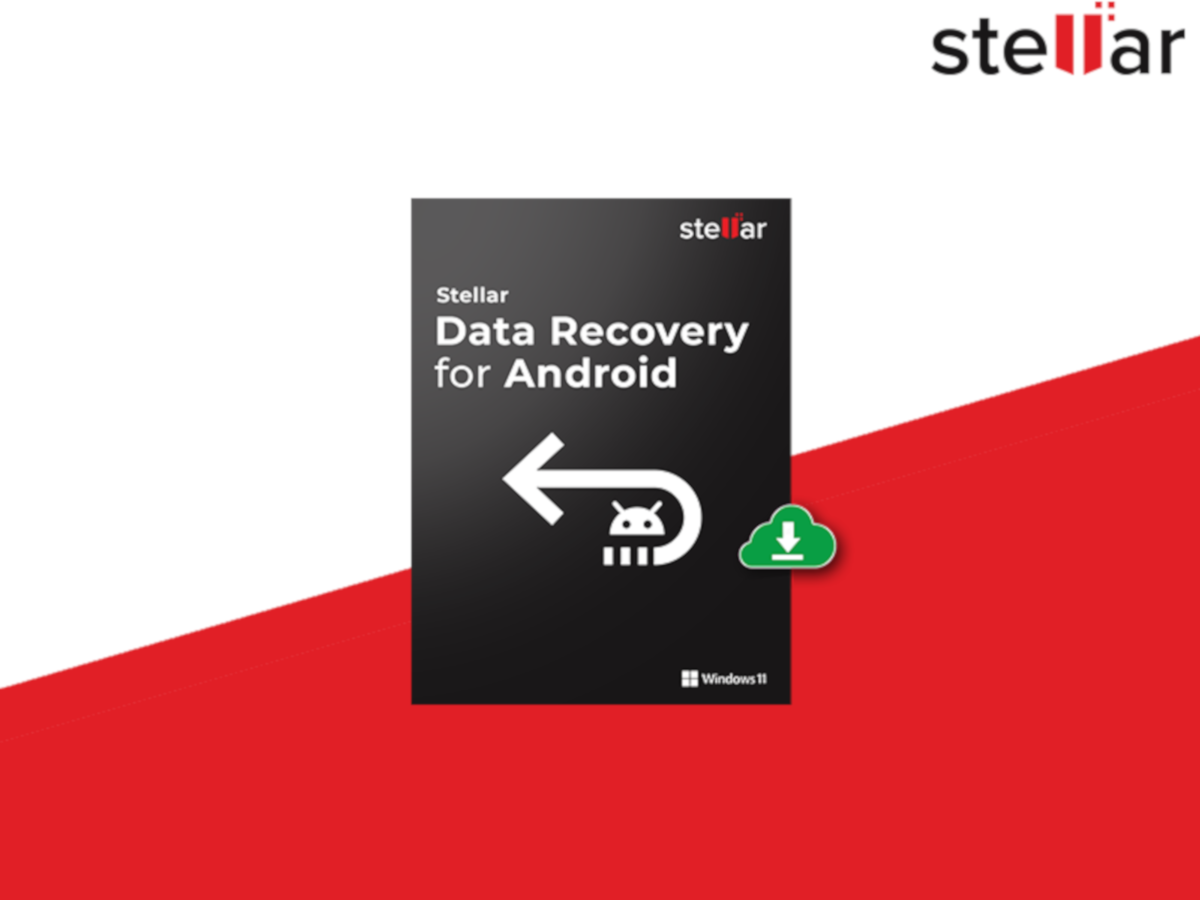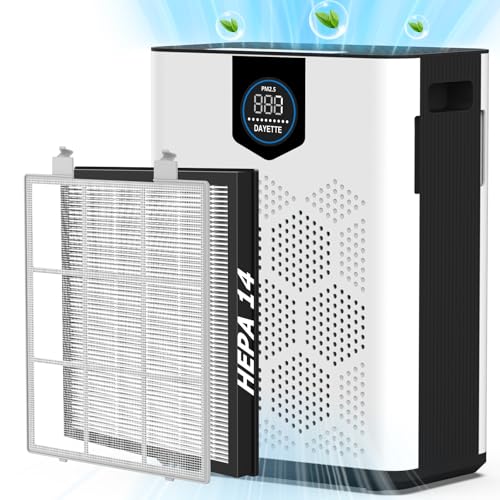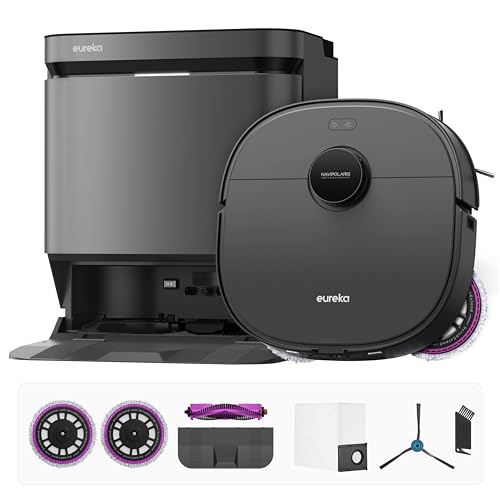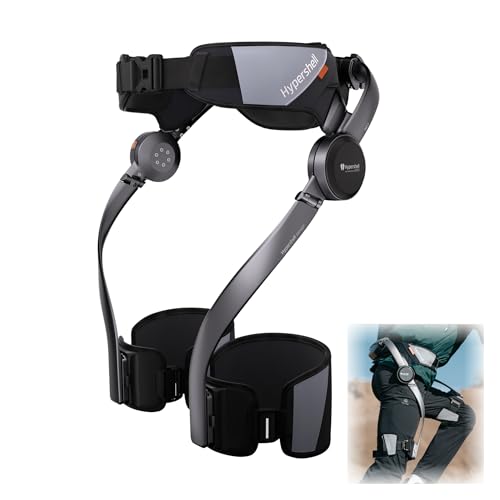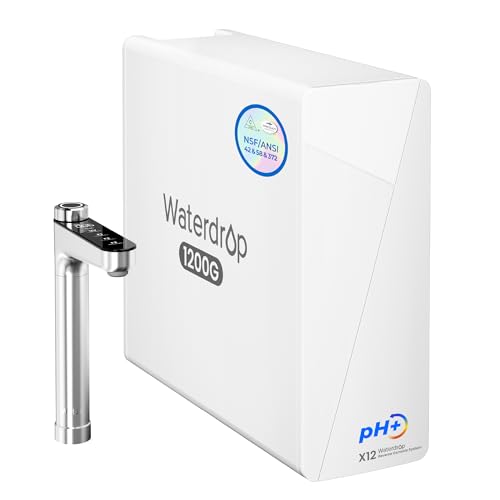Shivering in your car while the engine idles for ten minutes isn’t just miserable—it’s completely unnecessary. Your freezing morning routine is based on automotive advice that died with carburetors, yet the 30-second rule transforms cold starts into rapid comfort.
The Method That Actually Works
Start your car, wait exactly 30 seconds, then drive gently—no extended idling required.
The technique sounds almost too simple: fire up your engine, count to thirty while you buckle up and adjust mirrors, then pull away keeping RPMs under 2,500. That brief pause lets your engine settle from its high startup idle and ensures oil reaches every critical component.
Modern synthetic oils circulate through the entire lubrication system in just 12-15 seconds, based on automotive industry consensus, making longer waits pointless theater. In fact, most modern cars reach full engine lubrication in under 30 seconds.
Why Your Engine Heats Faster Under Load
Physics beats folklore—engines generate more heat when they’re actually working. Vehicle tests confirm that engines warm faster under light load (i.e. driving) than idling.
Gentle driving forces your engine to work harder than idling, creating significantly more combustion heat. This extra thermal energy warms the engine block faster, opens the thermostat sooner, and pushes hot coolant to your heater core.
Result: toasty cabin air in 2-3 minutes instead of the 10-15 minute wait that idling demands. It’s like expecting a campfire to warm you from across the field versus sitting next to the flames.
The Carbureted Engine Myth Persists
Modern fuel injection eliminated the need for extended warm-up periods decades ago.
That “let it warm up” wisdom made sense when cars used carburetors—finicky mechanical systems that needed time to meter fuel properly in cold weather. Today’s fuel-injected engines, standard since the late 1990s, deliver precise fuel mixtures instantly regardless of temperature.
Yet drivers still idle their sophisticated modern cars like they’re nursing a 1975 Oldsmobile to life.
Benefits Beyond Just Getting Warm
This method saves fuel, reduces wear, and cuts emissions simultaneously.
Extended idling wastes gas while your car goes nowhere, dilutes engine oil with unburned fuel, and increases wear on components running cold. A small car idling for 10 minutes can burn ≈ 0.1 gallon of fuel. The gentle driving approach eliminates these problems while delivering superior cabin comfort and faster defrosting.
Your wallet, your engine, and the environment all benefit from abandoning the idle-until-warm ritual that most modern auto manufacturers advise against in their owner’s manuals.
Skip the wait, embrace the warmth. Tomorrow morning, give your engine 30 seconds to breathe, then drive like you mean it—but always consult your owner’s manual for model-specific cold weather recommendations.


